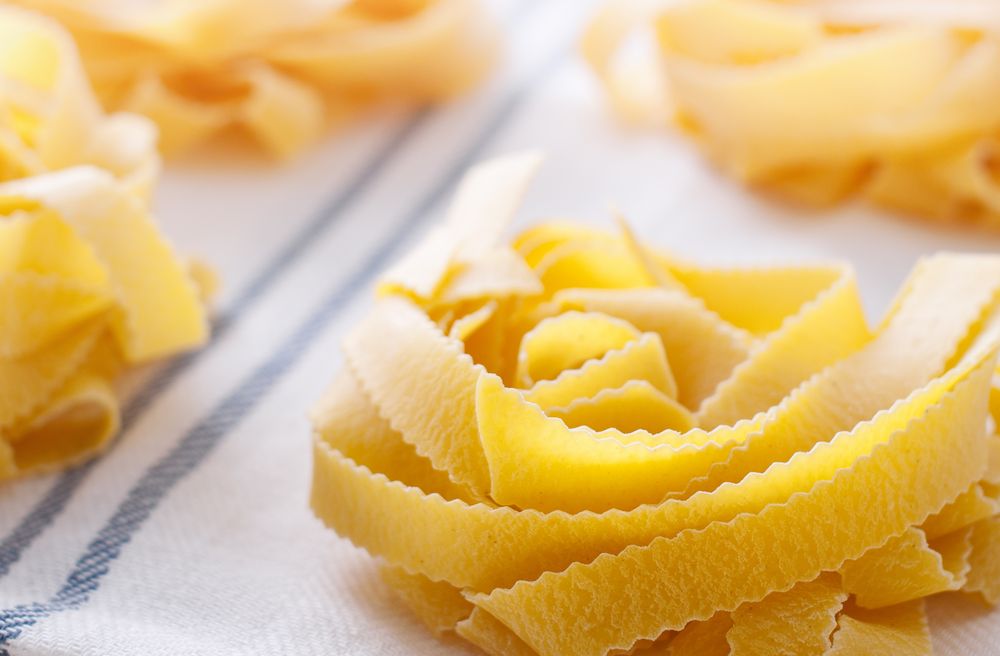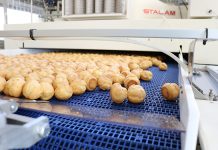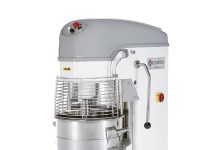
High-temperature drying (HT > 60°C) is commonly used for the production of pasta, because it results in superior product quality while reducing processing costs compared to low-temperature drying processes (LT). However, there still is limited knowledge on the effects of HT drying on gluten-free pasta. A recent study conducted by a group of international researchers (S. D’Amico et al., 2015) investigated the influence of high temperature drying on two gluten-free pasta types: the first based on an amaranth/quinoa/buckwheat flour mix and the second on a millet/white bean flour mix. Samples of durum wheat pasta were used as reference. The tests were performed at drying temperatures of 60, 80 and 100°C, with optional pre-drying at 40°C for 0.2 to 4 hours. The influence of this process on cooking quality (cooking loss, cooking weight), texture properties (firmness, elasticity and tensile strength) and protein solubility were determined. The results show that higher drying temperatures significantly improve the quality of both types of gluten-free pastas (especially their texture). At higher temperatures, in fact, the loss of solid products and protein solubility decreases, with better product quality. The pre-drying process has a strong influence on the analysed parameters. Furthermore, the study pointed out that all these effects are more pronounced in the case of amaranth/quinoa/buckwheat flours, rather than in millet/white bean flours. However, despite these quality improvements, the quality of durum-wheat reference products is still higher, especially in terms of elasticity and protein solubility.
References
S. D’Amico et al., LWT – Food Science and Technology, 63, 2015, 391-399



